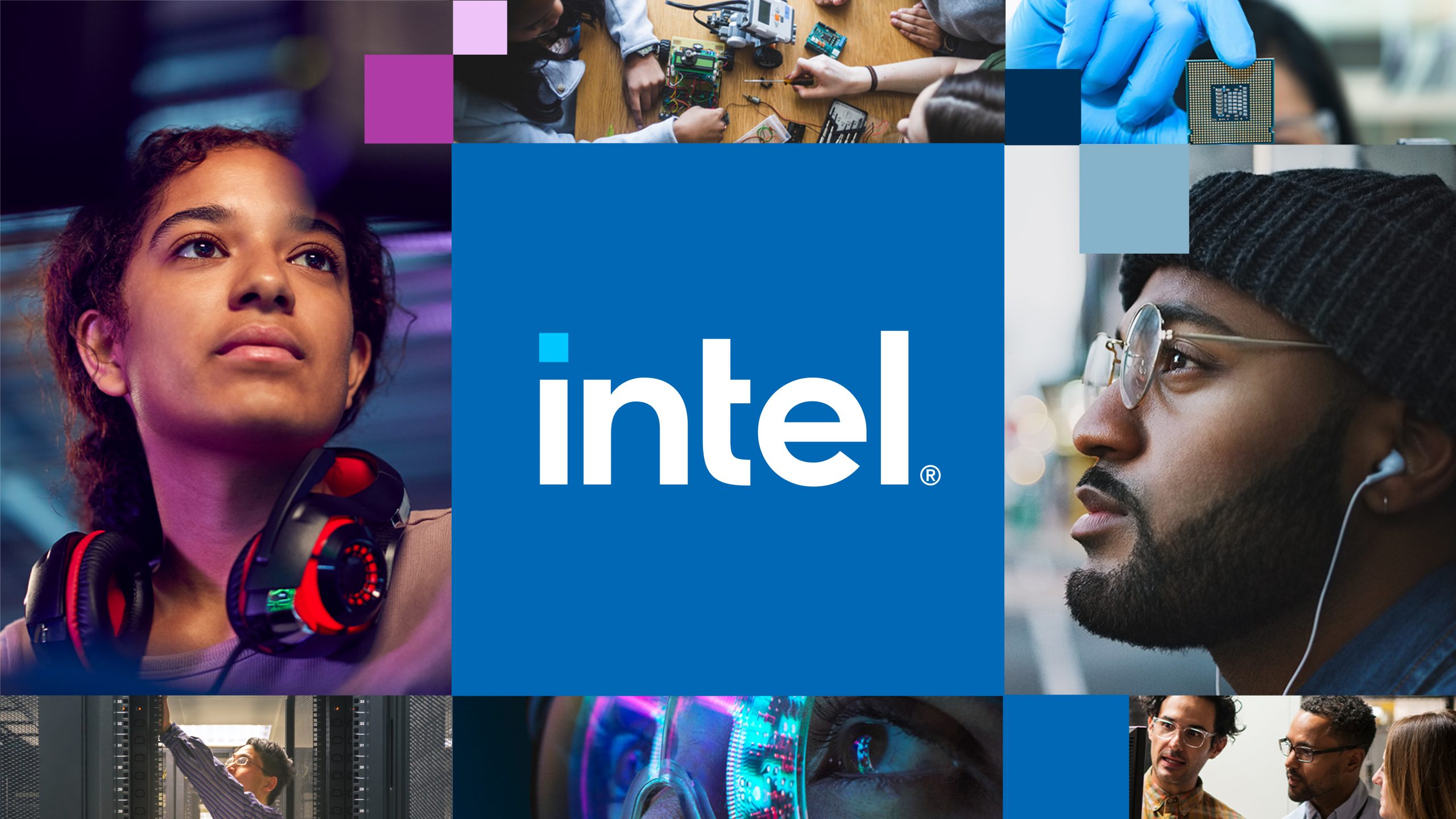Intel Announces Leadership Appointments to Strengthen Core Business and Foundry Strategy
Intel today announced several senior leadership appointments designed to strengthen its core product business, build a trusted foundry, and foster a stronger engineering culture across the company. The changes position the company to accelerate growth in data center, client computing, and custom silicon.
Kevork Kechichian has joined as executive vice president and general manager of the Data Center Group (DCG), overseeing Intel’s data center activities in cloud and enterprise, including the Xeon processor family. He brings more than 30 years of experience, most recently serving as executive vice president of engineering at Arm, where he led technology development and the shift from IP licensing to full-stack solutions. He previously held senior engineering roles at NXP Semiconductors and Qualcomm. CEO Lip-Bu Tan said Kechichian’s strategic vision, technical depth, and operational rigor will help Intel capture growth opportunities in the data center market.
Jim Johnson has been named senior vice president and general manager of the Client Computing Group (CCG), after serving in an interim role. A 40-year Intel veteran, Johnson has led multiple units and will drive innovation and growth across PC and edge ecosystems as Intel prepares to launch a new generation of products. Tan highlighted his steady leadership and trusted industry relationships.
Srini Iyengar, SVP and Fellow, will lead Intel’s newly formed Central Engineering Group, including horizontal engineering functions and a new custom silicon business for external customers. Iyengar joined Intel from Cadence Design Systems and brings deep expertise in custom silicon and collaboration with hyperscale data center customers. Tan said the role aligns innovation and execution to serve customers.
Naga Chandrasekaran will expand his leadership of Intel Foundry to include Foundry Services, creating a more integrated structure spanning technology development, manufacturing, and go-to-market. Kevin O’Buckley will continue as SVP and GM of Foundry Services, reporting to Chandrasekaran.
Michelle Johnston Holthaus, chief executive of Intel Products, will depart after more than three decades with the company and will serve as a strategic advisor to ensure a smooth transition. Tan thanked her for her transformative leadership.
For more info. visit: https://newsroom.intel.com/corporate/intel-announces-key-leadership-appointments
